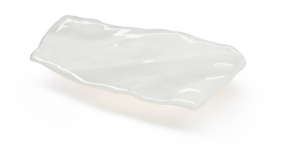Learn Why Podiatrists use Clarix for Wound Care

Developed by pioneers in the field of regenerative medicine, CLARIX cryopreserved umbilical cord allograft delivers the innate properties of amniotic tissue to facilitate the healing process across a range of surgical specialties.
With CLARIX, you’re able to transplant the innate biology to the surgical site, thus supporting a more structured healing environment, helping to manage regenerative healing, and facilitating your patient’s functional recovery.
Regenerative Medicine, Backed by Research
Our extensive research allows us to preserve and deliver the most functional allograft for your needs.
600K
Transplants
380
Clinical Publications
35Y
Research & Development
Leap Into The Future of Functional Recovery with Clarix
![]()
Minimize risk of complications, including infection and amputation1-5,9
![]()
Our platform technology, HC-HA/PTX3, helps create a healing environment for wounds to achieve complete epithelialization for an overall healing rate of 87.5%6
![]()
Expedite functional recovery2-16 and accelerate wound healing
The Amniox family of cryopreserved umbilical cord allografts helps deliver the natural properties of human birth tissue to wound environments.1
Harness the natural properties of human birth tissue2 with
Clarix.
